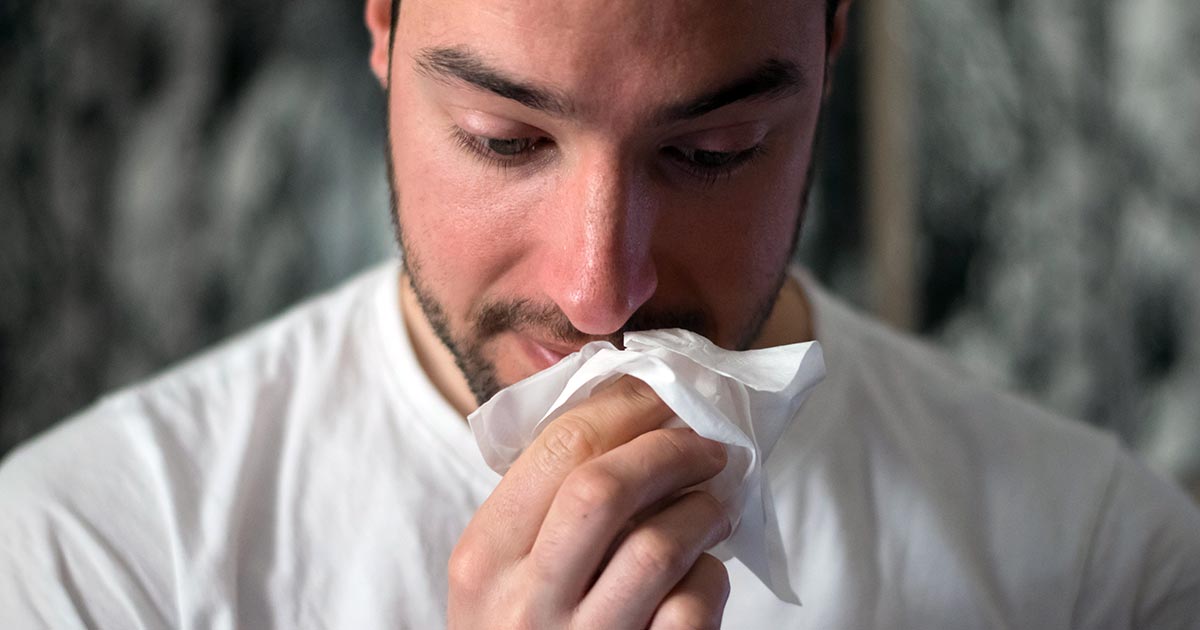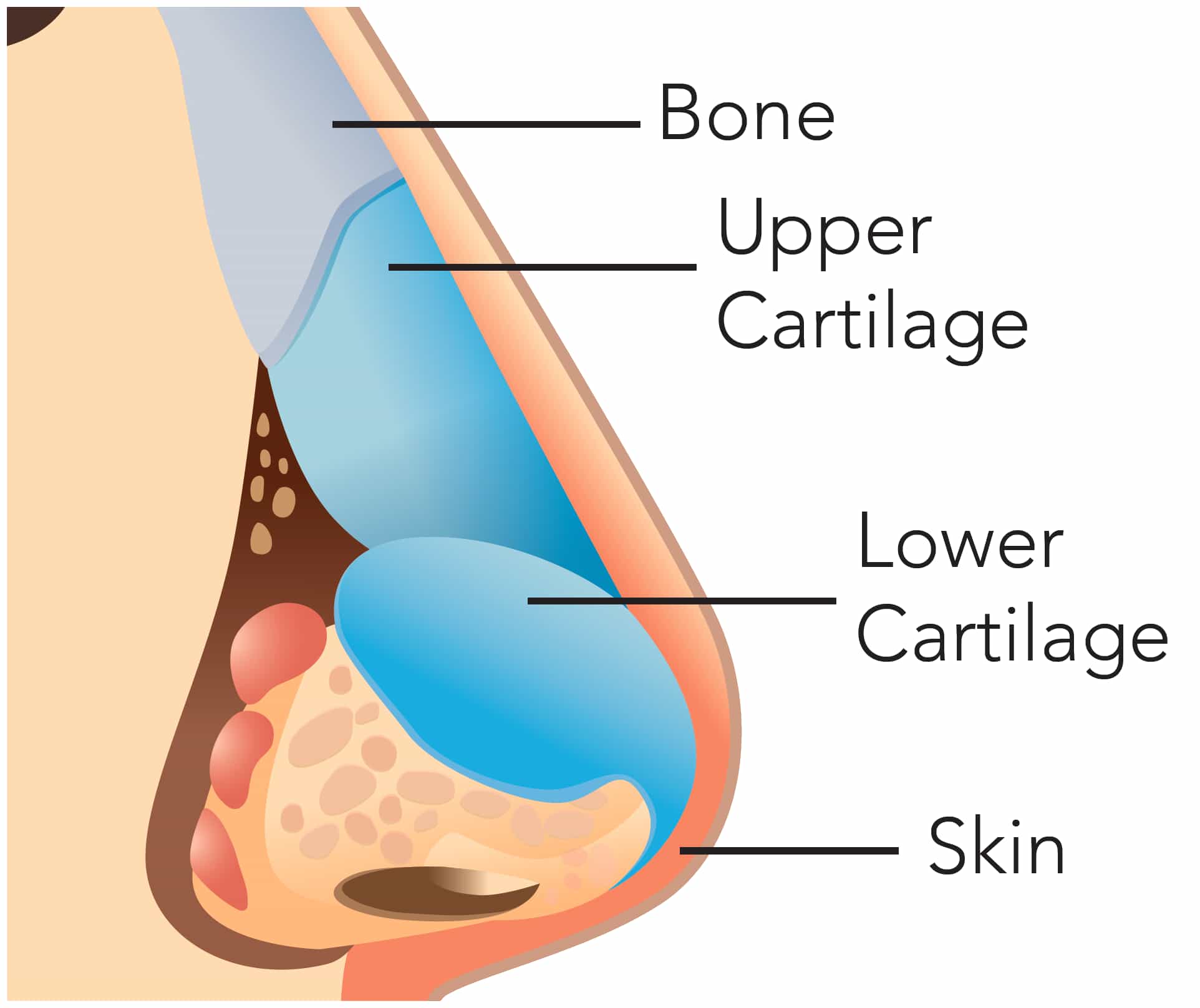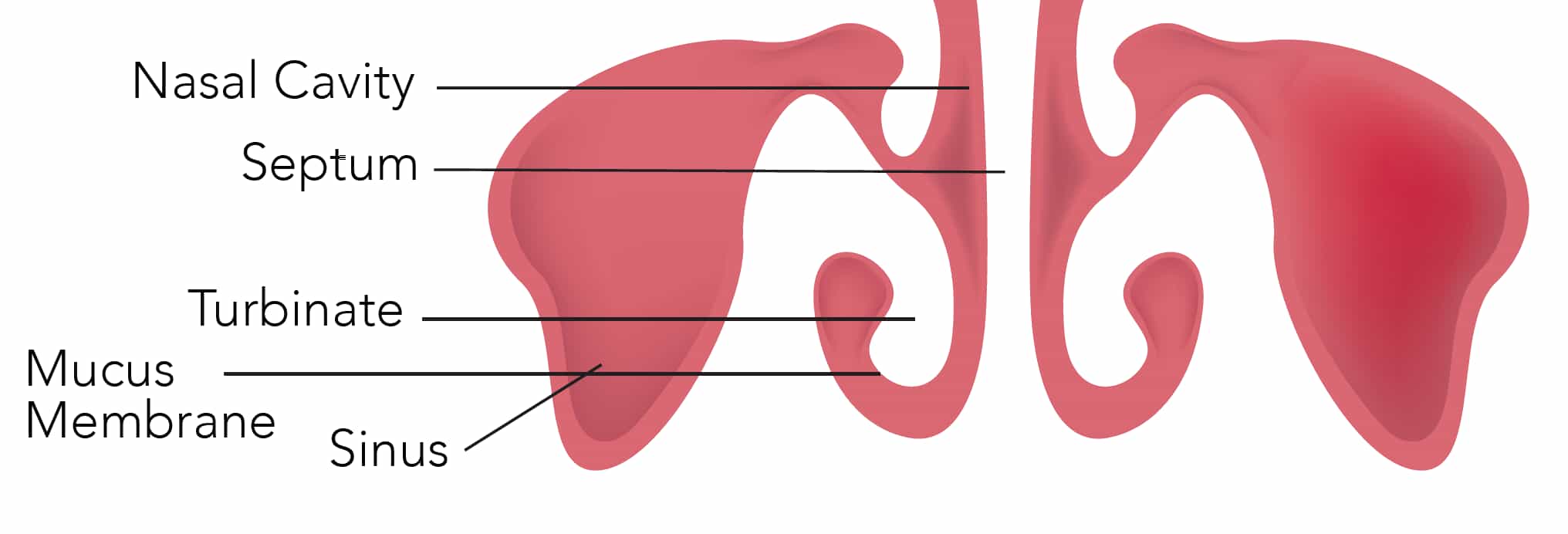The Nose Knows our Sinuses
- Category: Health & Wellness, ENT
- Posted On:
- Written By: Angie Song, MD

As we head into the winter season, you may want to learn more about your nose, and some good practices to keep your nose and sinuses happy this winter. Every day when you look in the mirror, there’s a facial characteristic that is front and center – your nose. But how much do you know about how your nose works?

There’s a lot more to the nose that what appears on the outside. Other than it being in the center of our face, it has a very important function for our respiratory system.
Under the bone, cartilage and skin, the nasal cavity has a very vital role in keeping us safe from allergens. The nose allows us to breathe warmed, humidified and cleaned air.
As an otolaryngologist, or physician specializing in disorders of the ear, nose and throat, I frequently treat patients suffering from sinus problems.
The nasal bone supports the upper one-third of the nose, which we may know as the “bridge.” The upper cartilage is the middle one-third and part of the lower one-third. This supports the sides of the nose. The lower cartilage gives us the height, width of the nasal tip and the shape of the nostrils. The skin overlying these structures also gives us the overall shape of the nose. Someone with very thick skin usually has a larger nose than someone with very thin skin.
We have one nose, but there are two chambers separated by the septum. The septum is a thin wall made of cartilage in the front and bone in the back and bottom. It is more difficult to breathe out of a deviated septum. You can be born with a deviated septum, but it can also occur from experiencing trauma to your nose.
The lining of the nose is the mucous membrane. It is different than our outer body’s skin lining, which is mostly dry. The membrane moistens/humidifies and warms the air that you breathe in. The sticky mucous that it produces traps dusts and other small particles. The turbinates are structures on each side of the nose that are curved, bony ridges lined with mucous membrane. They are the main filter inside of the nose. They are very important in nasal hygiene, but can also be the main culprit in producing too much mucus, thus post-nasal drip and phlegm. The entrance to our sinuses is within our nasal cavity. When the mucous membrane lining becomes inflamed, such as when we get a cold, the sinus opening becomes swollen shut. This makes you feel sinus pressure. And if the sinus cavity linings become infected and not treated, this can lead to polyps, chronic swelling and cysts.
Our nose and the sinuses are intimately connected.
If our nose is unhappy, so are our sinuses. Remember this: happy nose, happy sinus.
So, what are some good practices to keep our nose and sinuses happy this winter?
Preventative measures are the most important. Stay away from sick people or avoid going to functions where there will be a lot of people. Of course, it may not be feasible to stay away from work, school, church and other events. When you do go to places with a lot of other people, practice good hygiene and wash your hands frequently.
Use saline rinses regularly for the nose. If you are sneezing more than usual, start flushing out your nasal cavity with salt water. Your nose is telling you that it has been exposed to an irritant. Have you wondered why we wash other parts of our body but never inside the nose? Our nose doesn’t need daily rinsing, except for those who suffer from a lot of allergies, have had sinus surgery or acutely sick.

Use an antihistamine. This will help control the amount of mucus your nasal lining will make. Take a decongestant to help open up the sinus opening. Use an air filter or humidifier. Take a shower and breathe in the humidified air. Or better yet, rinse out your nose with saline in the shower.
Lastly, get plenty of sleep and avoid stress. These two factors have a tremendous effect on our immune system. Our body is a miraculous system, but it is not supernatural.
Treat your body kindly and it will treat you well.






